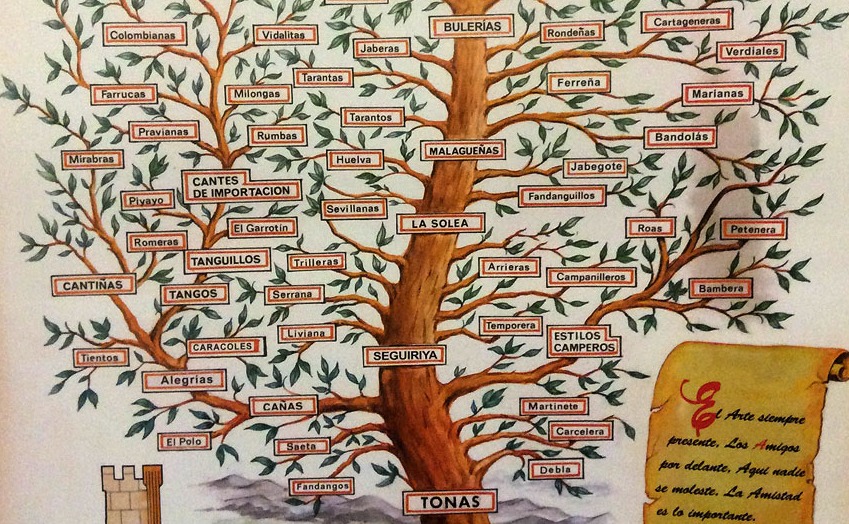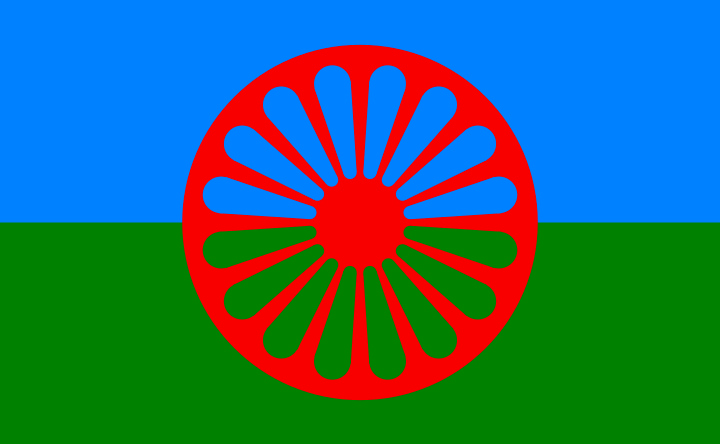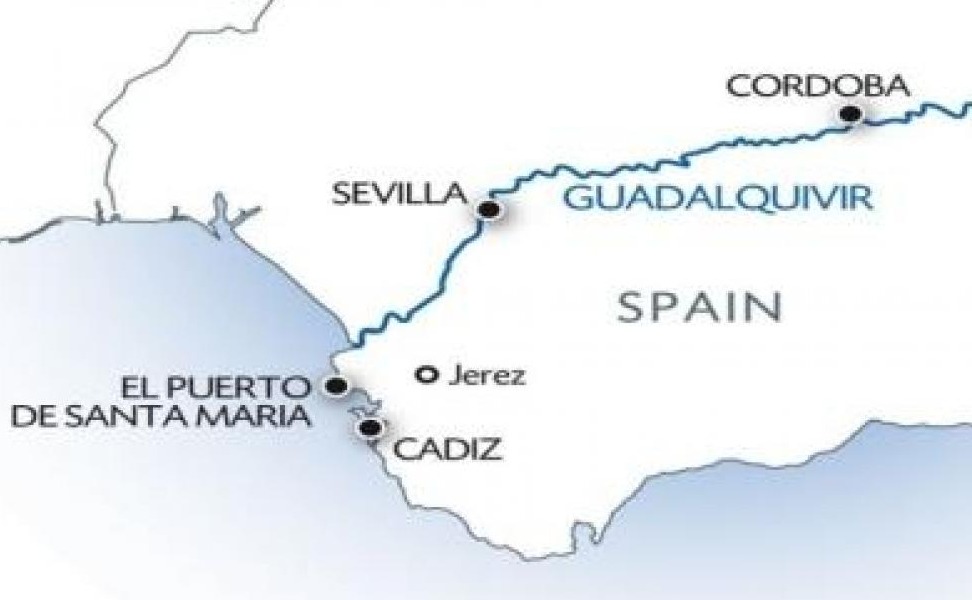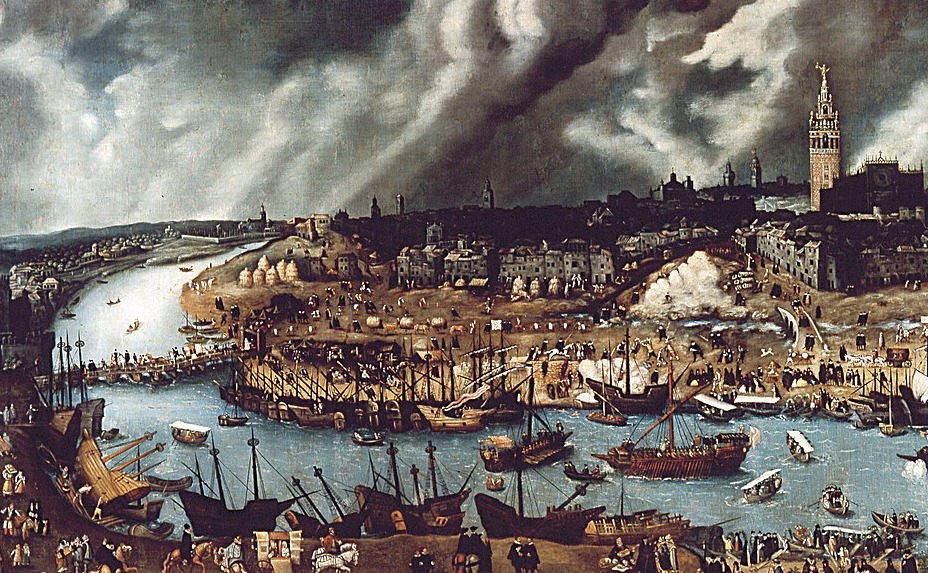
ART ACCORDING TO PHYSICS, IS THE ABILITY THAT TIME HAS TO MODIFY THE ESSENCE OF THINGS, COMBING INTO WHAT WE SEE.


Flamenco, is an ethnic fusion that is today Intangible Heritage of Humanity, has uncertain origins, even for the most well-read professionals of the genre. The History of Flamenco is full of gaps, hypotheses, myths and false beliefs.
Some defend their gypsy origin, others their Arab origin and others their birth in Christian territories. There is a natural desire to believe the theory that is closest to our ethnic group, and this will always be a source of discussion.
...which relate the departure of the Gypsies from India, dates back to the year 400. According to it, Bahram Gur, King of Persia, asked the then King of North India to send him ten thousand musicians and their wives for some parties. Delighted and impressed by the talent of the musicians, Bahram Gur asked them to stay forever in his kingdom and gifted them several hectares of land, supplies of grain and livestock. The musicians, who had no experience as farmers, were soon left without grain or livestock and with unyielding land. The king could not bear such misfortune and, enraged, he expelled the ten thousand gypsy musicians from his country.


comes from the name “Egyptian” given to the first gypsies who arrived in Spain, who said they came from a Greek region called Little Egypt.
“Rom” is the name that designates gypsies in the gypsy language – Romanese – and means “man”. The feminine is “romí” (woman) and the plural “roma”. In Spanish, the use of the term “Romaní” is also frequent.
As proven, the only thing that can be clearly stated is that Flamenco is produced and reproduced in a well-located territory: The Guadalquivir River along its entire length, the river as a channel of communication and exchange of goods and ideas. From the ports of Cádiz the Flamenco enters to Jerez, and goes up to Triana and crosses to Seville, and continues to Puente Genil and reaches Córdoba, already crossing its Roman bridge and continues to the next bridge in Montoro. He no longer travels by boat, now he goes by stagecoach, from sale to sale to Madrid.


People come from all over the world. Never forget that Seville centralizes the arrival of products from the new world (The Americas), there is the general council of the Indies. Giving shape to a new mix in every sense, from which primegénio flamenco is nourished.